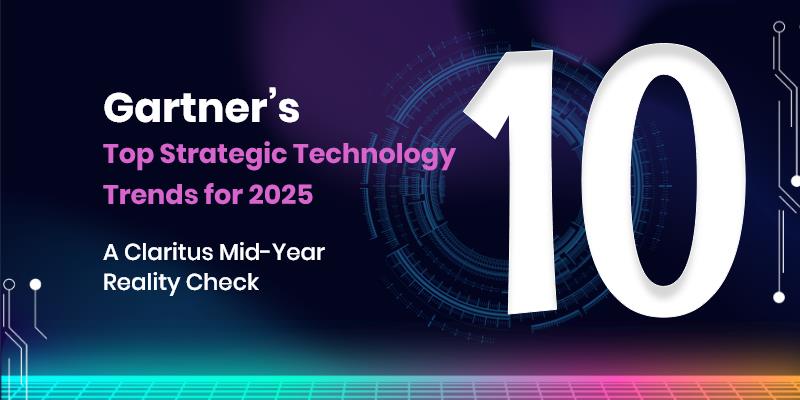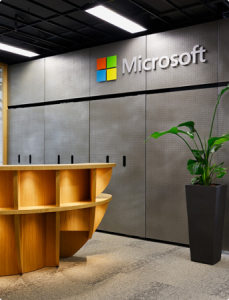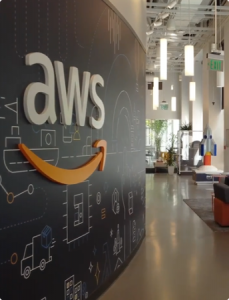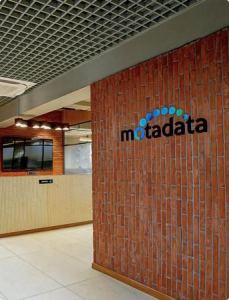Gartner Strategic Technology Trends 2025

A Claritus Mid-Year Reality Check
As we cross the halfway point of 2024, Gartner’s Top Strategic Technology Trends for 2025 provides a timely lens for organizations to recalibrate and future-proof their strategies. These aren’t far-off forecasts — they’re tangible shifts that impact how businesses innovate, secure value, and stay agile.At Claritus, we view these trends not as challenges to react to, but as opportunities to lead transformation. Here’s a streamlined look at what’s shaping enterprise technology for the year ahead:
Agentic AI
Autonomous AI systems are gaining traction as productivity amplifiers, capable of executing tasks without ongoing human input. However, as businesses adopt these digital teammates, it becomes critical to establish strong governance to ensure alignment with company values and ethical standards.
AI Governance Platforms
With AI adoption accelerating across industries, governance platforms are emerging as essential for overseeing legal, ethical, and operational integrity. Organizations must navigate fragmented regional regulations while delivering transparency and trust across the AI lifecycle.
Disinformation Security
Digital deception is evolving — from deepfakes to misinformation campaigns — making disinformation security a strategic necessity. This tech helps protect digital identity and brand reputation, but requires an adaptive, layered approach to keep up with fast-moving threats.
Post-Quantum Cryptography
Quantum computing brings both innovation and disruption, especially in cybersecurity. Post-quantum cryptography aims to safeguard critical data, though enterprises must account for performance impacts and conduct thorough testing before integration.
Ambient Invisible Intelligence
Invisible intelligence — tech embedded naturally into environments — enables seamless monitoring and object-level interaction. It promises operational efficiency but also introduces privacy considerations, making user consent and ethical design core priorities.
Energy-Efficient Computing
Sustainability is no longer optional. Energy-efficient computing reduces environmental impact while supporting compliance, though it demands investment in new infrastructure and thoughtful migration planning to deliver meaningful change.
Hybrid Computing
Hybrid computing merges traditional systems with next-gen architectures — empowering real-time personalization and autonomy. Yet, it also brings complex orchestration needs and heightened security requirements that call for specialized expertise.
Spatial Computing
Spatial computing blends physical and digital realities to create immersive, intuitive experiences. While it’s revolutionizing healthcare, retail, and education, the current limitations in hardware and privacy management need to be addressed for broader adoption.
Polyfunctional Robots
Robots that can adapt to multiple tasks offer operational agility and stronger ROI across sectors. However, organizations should prepare for variability in pricing, functionality, and industry-wide standards before scaling deployment.
Neurological Enhancement
Brain-computer interfaces are redefining human potential — from workplace safety to personalized learning. Despite the promise, ethical boundaries, device limitations, and security risks must be carefully managed to preserve trust and integrity.
What’s Your Next Move?
Gartner’s trends are a strategic roadmap for what’s ahead. Whether you’re guiding transformation in a fast-moving startup or driving innovation across a large enterprise, now is the moment to recalibrate.
At Claritus, we help leaders move from insight to impact. Let’s build your future-ready strategy — together.









